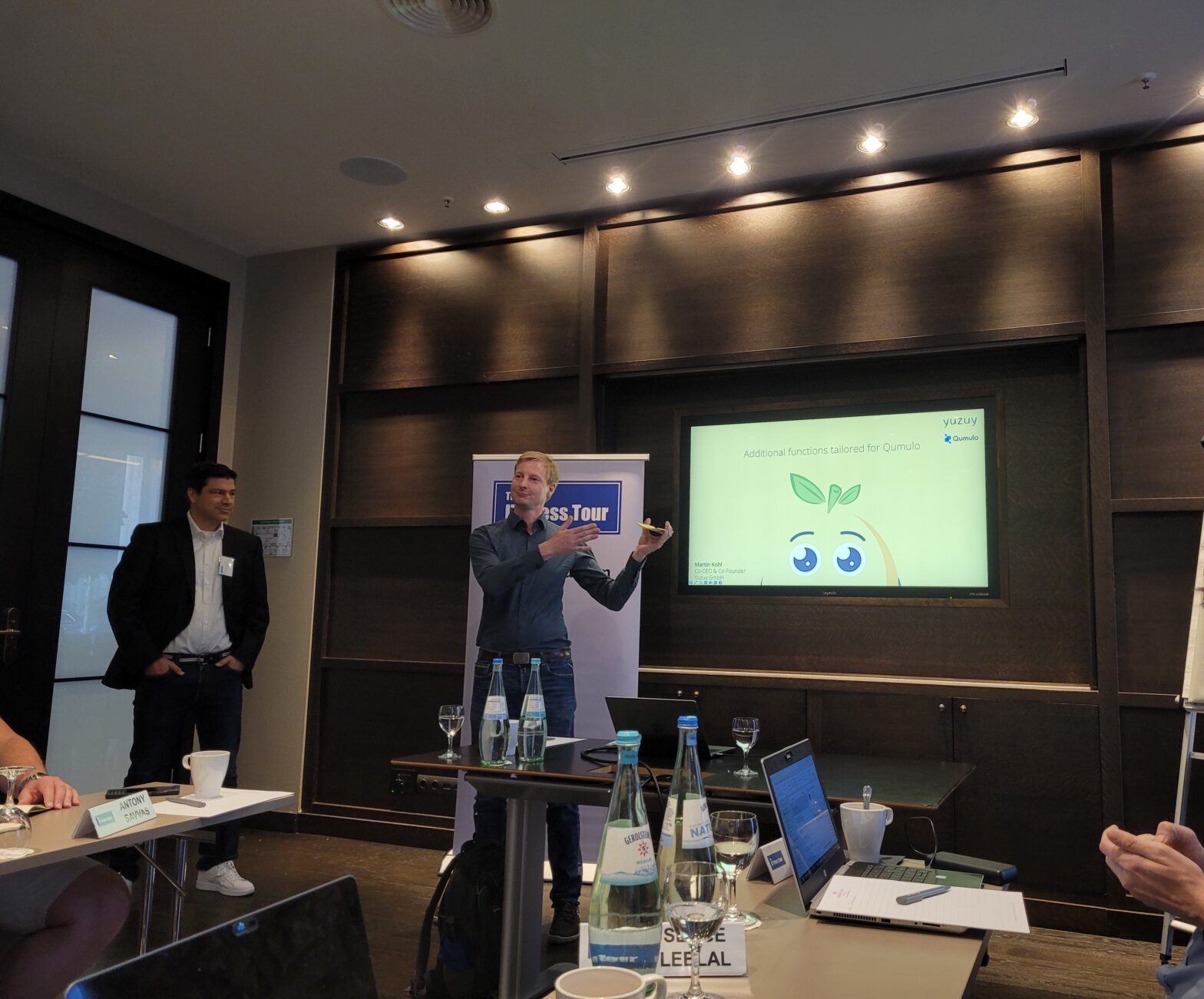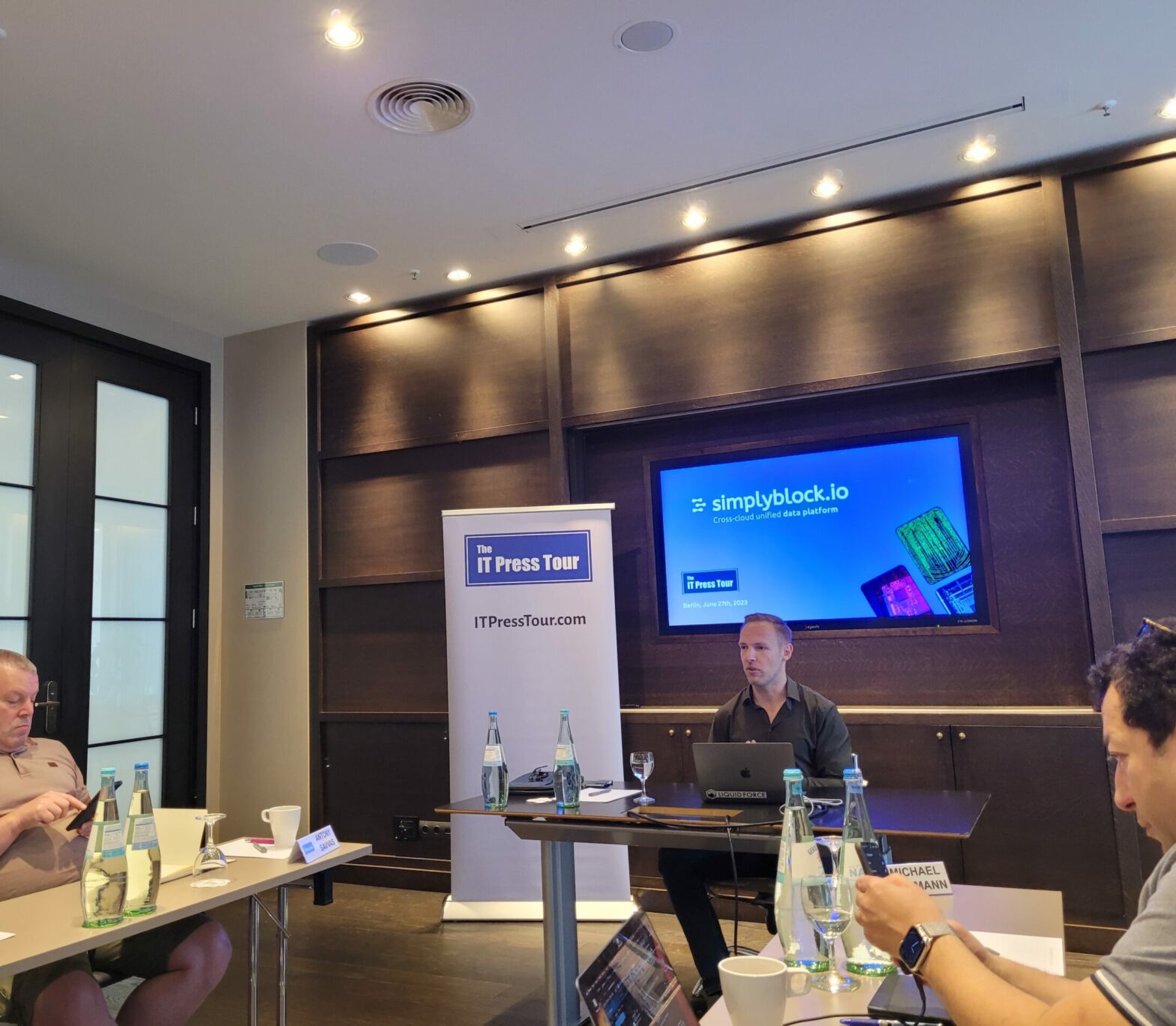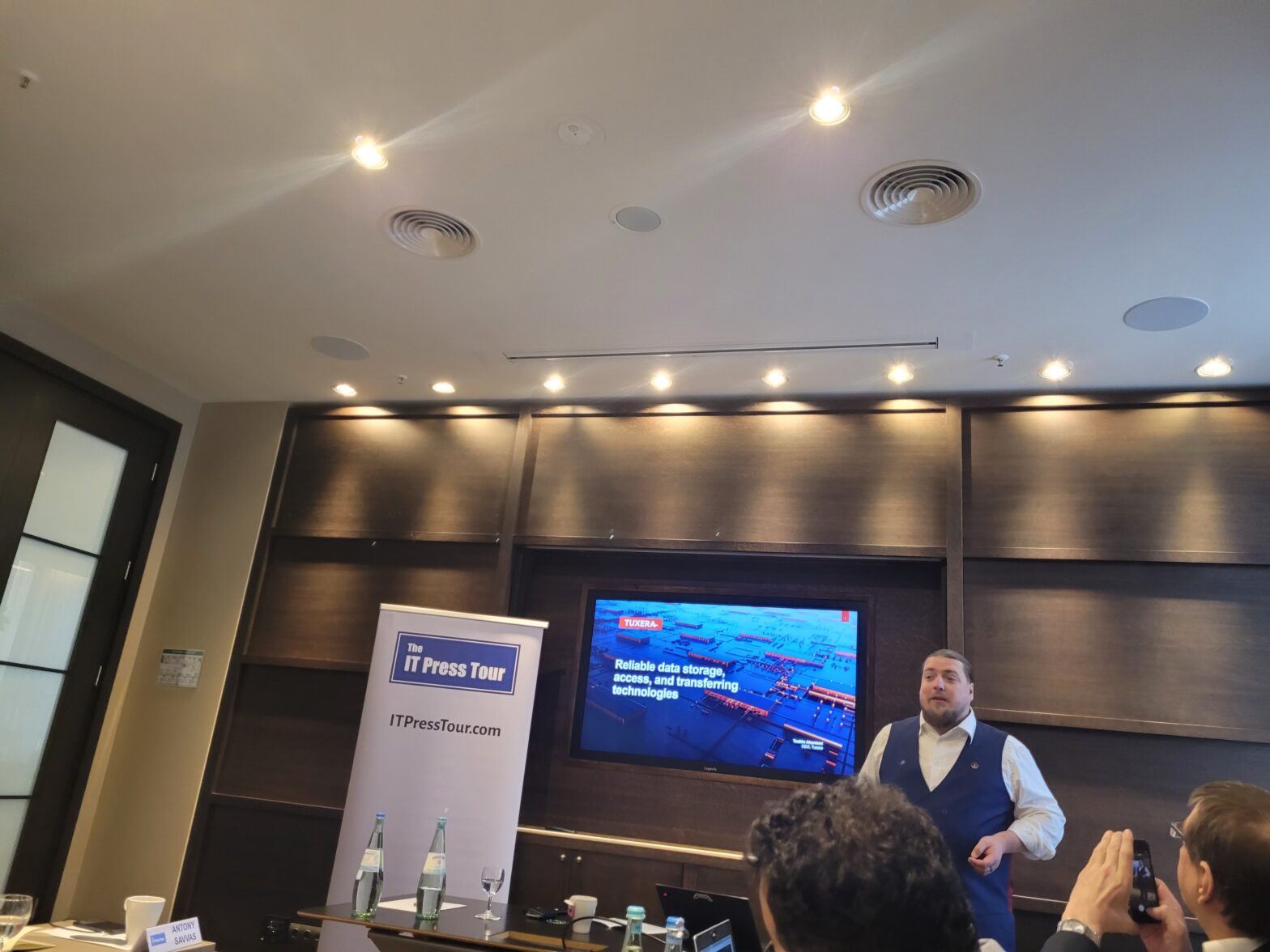Financial services firm Royal London Asset Management (RLAM) realised two years ago that its existing server room was rapidly running out of space.
In order to meet the business’s needs for more computing capacity, the IT department started to look at virtualisation. RLAM started with a number of test systems in late 2008, moving most of its production IT to a VMware-based environment in early 2009. According to Dennis Leeks, IT manager, the company has now virtualised 25 out of 32 servers, with any new server requests being fulfilled by virtual machines.
The company’s main virtualised environment is now based around three HP DL380 servers running Windows, each with 32GB of memory and eight processor cores. The system is supported by a storage area network, also from HP.
The new architecture has quickly paid for itself, not least because RLAM is no longer buying as much hardware. “Previously, we bought on average eight servers a year, but we bought none in 2009. We now have 25 virtual servers, and we have gone from three or four application servers to one.” The main system that the company has not virtualised, on the advice of Microsoft, is Office Communications Server.
The company has had to invest in new management tools, including Platespin (a Novell-owned management tool) and virtual machine backup tools from Veeam. But the flexibility to upgrade or repair servers without shutting them down has improved stability and cut costs, for example through reduced overtime for IT staff. “We had zero downtime in 2009 in the virtual environment,” says Leeks. This did not happen by accident, however, he adds: “The key to successful virtualisation is to plan, plan and plan.”










